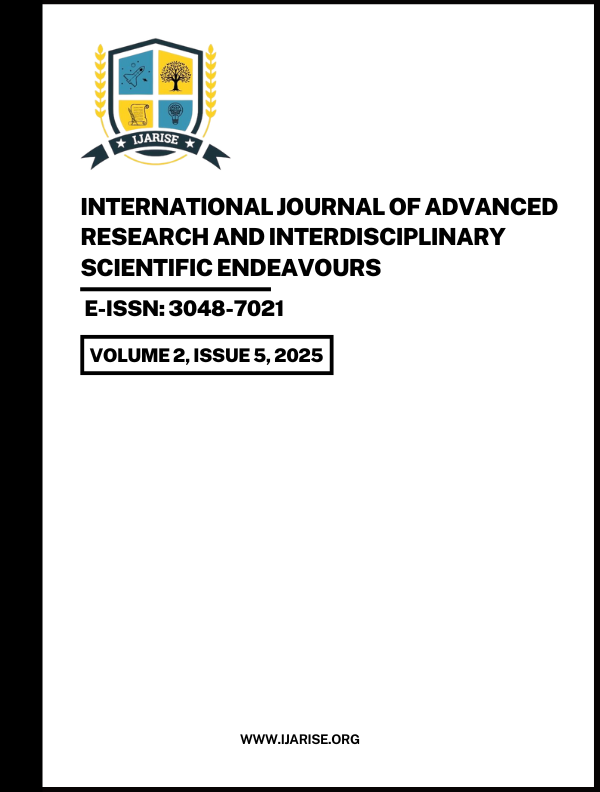Published 2025-05-30
Keywords
- Carbon storage,
- Indus Basin,
- Geological Formations,
- Trapping Mechanisms
How to Cite
Copyright (c) 2025 International Journal of Advanced Research and Interdisciplinary Scientific Endeavours

This work is licensed under a Creative Commons Attribution 4.0 International License.
Abstract
The need for practical carbon capture and storage technologies increases as levels of atmospheric carbon dioxide continue to rise. Geological carbon storage, which is a sequestration of CO2 in subsurface formations, has great potential. This paper explores the potential of the Indus Basin in Pakistan for geological carbon storage and also highlights the role of 4D X-ray tomography as an advanced monitoring and characterization technique. Indus Basin is rich in various sedimentary formations, including the Lower Goru Formation, Sui Main Limestone, and others with reservoir characteristics. International case studies demonstrate the use of 4D X-ray tomography in visualizing and quantifying CO2 behavior in porous media which provides insights into wetting behavior, mineral interactions, and flow dynamics. The objective of this research is to evaluate the feasibility and optimization of the CO2 storage process in specific Indus Basin reservoirs by using 4D X-ray tomography. This further aims to drive the attention towards the addressment of reservoir heterogeneity, long-term CO2 fate, and integrating micro-scale tomography data with larger-scale reservoir simulations to advance carbon storage initiatives in Pakistan.


